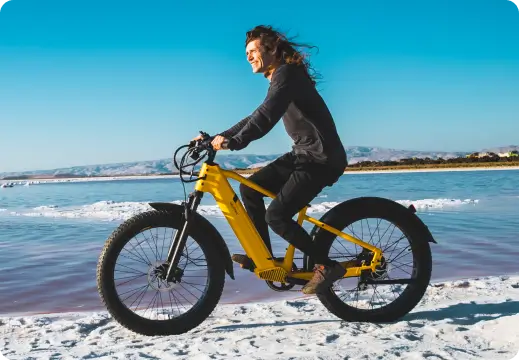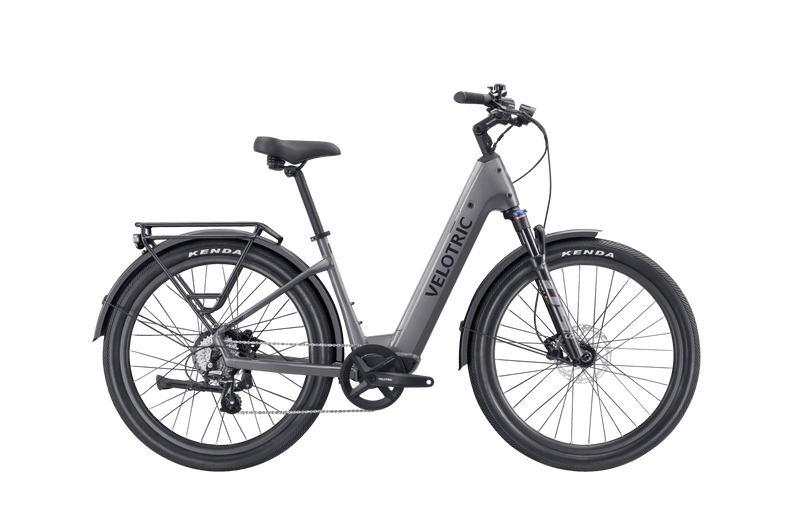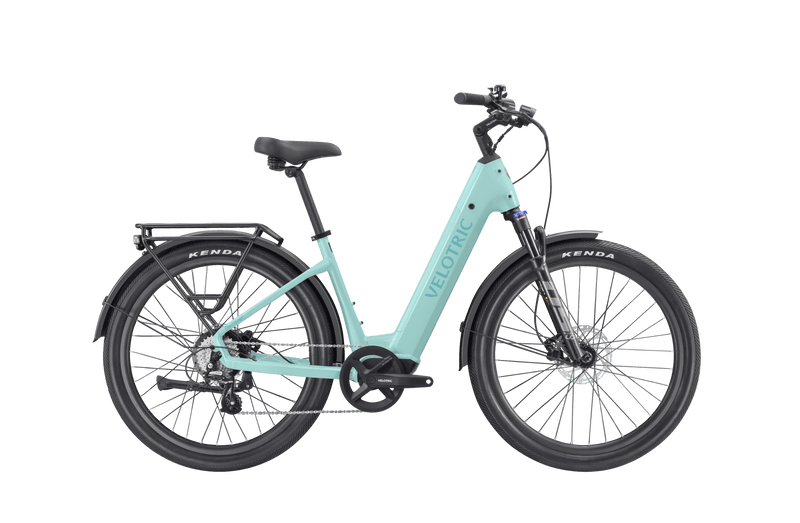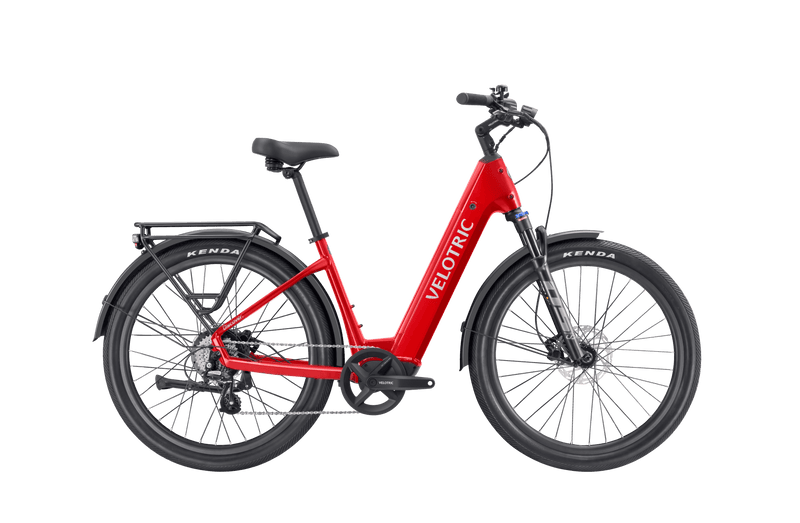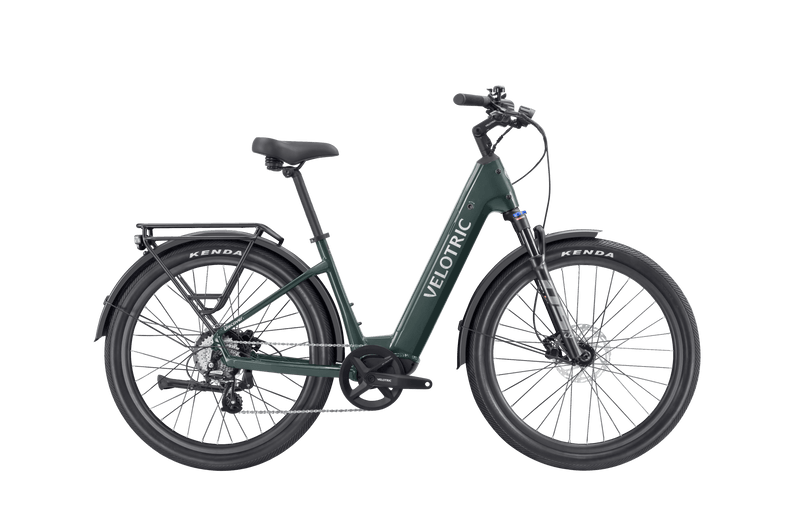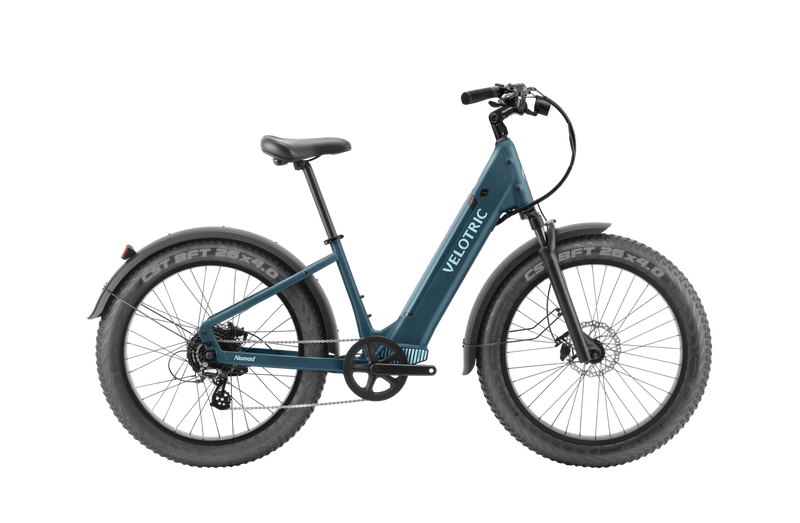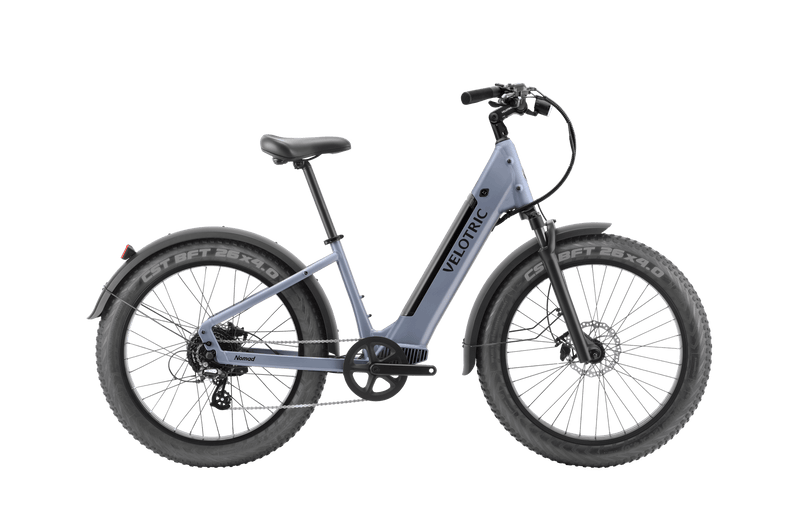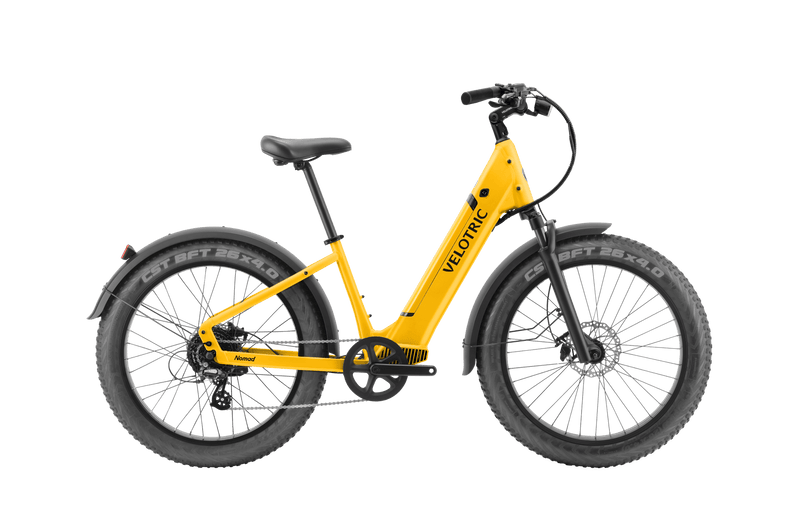Electric bikes, or e-bikes, have seen a notable rise in popularity. This surge in usage brings to the fore the necessity of established laws to ensure safety and standardization. This article sheds light on existing regulations and goes deeper into the expected or possible fresh legislative changes in 2024 and beyond.

An Overview of the US Federal Laws on Ebikes
Under the Consumer Product Act, a low-speed electric bicycle is defined as a vehicle that meets the following conditions: it has two or three wheels, fully operable pedals, an electric motor that does not exceed 750 watts (1.01 horsepower), and a maximum speed of 20 miles per hour (32 kilometers per hour) when powered solely by the motor and ridden by a rider weighing 170 pounds on a flat surface. This classification subjects compliant electric bicycles to the regulatory oversight of the Consumer Product Safety Commission (CPSC) rather than categorizing them as motor vehicles.
The US categorizes e-bikes into three distinct classes based on their motor capabilities and speed limits:
|
Feature |
Class 1 E-Bikes |
Class 2 E-Bikes |
Class 3 E-Bikes |
|
Motor Assistance |
Only when pedaling |
Even without pedaling |
Only when pedaling |
|
Assistance Cutoff Speed |
20 mph |
20 mph |
28 mph |
|
Main Usage |
Enhancinghuman power, suitable for hills and long distances |
Allows resting or assistance without exertion, useful for commuting or physical limitations |
Preferred by experienced cyclists, ideal for longer commutes |
|
Design Purpose |
To augment, not replace, human effort |
To provide an option to cycle without pedaling |
To offer faster transport while involving active participation |
|
Typical Users |
Those seeking a slight boost |
Those needing rest or assistance without strain |
More experienced cyclists or long-distance riders |
So far, more than half the US states have adopted the 3-tier classification system. However, there is still a significant variance in e-bike regulations at the state level, which can impact their usage, particularly regarding where they can be ridden, who can ride them, and what safety measures must be adhered to.
Examples of State Laws on Electric Bikes
In the United States, state laws on e-bikes show significant variation. For example, in Arkansas, e-bikes are categorized into Classes 1, 2, and 3 without specific age restrictions, though riders under 16 must wear helmets. There's a general allowance for e-bikes where traditional bicycles are permitted, but specific local restrictions may apply.
California's approach includes a classification system where Class 1 and 2 riders must be at least 16 years old, with Class 3 e-bike riders needing to be 18 or older. Helmets are required for riders under 18, and while e-bikes are generally allowed on bike paths and lanes, local regulations may introduce restrictions.
New York defines three classes of e-bikes, with helmet requirements for all Class 3 riders and those under 18. The accessibility of e-bikes on roads, bike lanes, and paths varies depending on the class. North Carolina also treats e-bikes as bicycles, mandates helmets for riders 16 and under, and allows e-bikes on roads, in bike lanes, and on certain trails.
These examples illustrate the diverse approaches states take toward e-bike regulation, reflecting a balance between safety concerns and the growing popularity of e-bikes as a transportation method. Riders are encouraged to check local laws and regulations to ensure they comply with the specific requirements of their state or municipality.
In the sections that follow, you'll learn about some e-bike regulations under way or in force on the federal and state levels.

Ebike Law Updates on the Federal Level in 2024
In 2024, there could be notable updates pertaining to electric bicycles (e-bikes) if legislative proposals like H.R.1685 - E-BIKE Act were to pass. These updates might introduce financial incentives and regulatory standards, significantly impacting the e-bike landscape. One potential change under consideration is the introduction of a tax credit that could allow individuals to claim up to 30% of the cost of a qualified electric bicycle, capped at $5,000 per e-bike. This proposed tax incentive aims to enhance e-bike accessibility, fostering a shift towards cleaner, more energy-efficient transportation modes.
Moreover, the legislation might establish precise definitions and standards for qualified electric bicycles, categorizing them into three classes based on motor capabilities and speed limits. Such standards are essential for ensuring safety and consistency across the e-bike industry. Additionally, proposed updates could include age restrictions, such as a prohibition on the operation of any class of e-bikes by individuals under 12 years of age. From July 1, 2025, there might also be a requirement for riders without a valid driver's license to possess a skills waiver and a valid state-issued ID while operating an e-bike. These proposed measures aim to bolster safety and promote responsible e-bike use in various environments.
The proposed legislation is positive for consumers: it could make e-bikes more affordable, ensure their safety, and enhance road safety through stricter regulations.
Ebike Law Updates On the State Level in 2024
The section takes California and New York to provide insights into the new changes in ebike laws in the US in 2024
California
- Assembly Bill No. 2234, introduced by Assembly Member Boerner on February 8, 2024, focuses on electric bicycles (e-bikes) and proposes several changes to enhance safety, training, and regulation. The bill emphasizes the development and completion of safety and training programs for e-bike users by the California Highway Patrol. By June 30, 2025, individuals who complete these programs would receive a skills waiver, acknowledging their understanding and adherence to safety standards and regulations.
A significant provision in the bill, if passed, would restrict children under the age of 12 from operating an e-bike of any class. This introduces a new age limit aimed at ensuring the safety of younger users. Additionally, starting from July 1, 2025, e-bike operators who do not have a valid driver's license would be required to carry a skills waiver and a valid state-issued identification card while riding. These proposed changes aim to create a more regulated environment for e-bike usage, prioritizing safety and responsibility.
For consumers, this bill could introduce new prerequisites for e-bike usage, particularly affecting younger riders and those without a driver's license. The proposed legislation could lead to additional steps before one can legally operate an e-bike, including completing specified training programs and carrying necessary documentation. Consumers and e-bike users would need to stay informed about these changes to ensure compliance and maintain eligibility for operating e-bikes on public pathways. This shift reflects a growing emphasis on safety and training within the realm of personal transportation, particularly as e-bikes become an increasingly popular mode of transportation.
- Assembly Bill No. 1909, known as the Bicycle Omnibus Bill, ratified significant changes within the Vehicle Code pertaining to bicycles and, by extension, electric bicycles (e-bikes), set to come into effect starting January 1, 2024.This legislative adjustment aims to align with evolving transportation trends and enhance road safety.
Key provisions taking effect include the lifting of the blanket prohibition on Class 3 electric bicycles on certain trails and paths, granting local authorities the discretion to regulate e-bike usage in specific areas, particularly concerning equestrian, hiking, or recreational trails. This change signifies a more flexible approach, catering to local needs and conditions while still encouraging the use of e-bikes.
Furthermore, the legislation revises regulations concerning traffic control signals at intersections. Starting January 1, 2024, the same permissions granted to pedestrians at traffic lights will extend to cyclists, aligning the treatment of bicycles with pedestrians under traffic laws, which may influence traffic patterns and safety protocols at intersections.
Lastly, there is a modification regarding overtaking bicycles: motorists are required to switch to an adjacent lane when overtaking a bicycle, where possible, enhancing safety for cyclists. The bill also addresses bicycle licensing, preventing local jurisdictions from mandating licenses for bicycle operation, which simplifies regulations for cyclists.
These updates underscore California's commitment to promoting safer, more inclusive roadways and adapting to the increasing popularity of e-bikes.
New York
The New York City Counci l has indeed passed new safety regulations regarding electric bicycles (e-bikes) in an effort to address the growing concerns around the dangers posed by lithium-ion batteries. This legislation focuses on increasing e-bike safety to prevent fires in residential and commercial properties, which have seen a sharp increase due to improper handling and storage of these batteries. These new rules are part of a broader initiative to improve fire safety and reduce incidents resulting in injuries and fatalities.
The legislation includes mandates for businesses dealing with e-bikes, e-scooters, and other personal mobility devices powered by batteries, requiring them to provide safety informational materials and guides, particularly regarding the handling and storage of lithium-ion batteries. These materials must be visible both in physical stores and on online platforms. Furthermore, the laws strengthen enforcement around the sale and rental of uncertified powered mobility devices, enhancing the Fire Department's authority to enforce these regulations and increasing penalties for non-compliance.
This move represents a significant step by the New York City Council to mitigate risks and promote public safety while supporting the continued use of sustainable transportation options like e-bikes.

Bottom Line
Stay informed about these changing regulations at both the federal and state levels to ensure that you comply with new e-bike laws and benefit from potential incentives. Changes in legislation can significantly impact how and where you can use your e-bike, as well as your safety and legal responsibilities. Regularly check for updates in your state and nationwide this year to stay ahead of these developments.






































